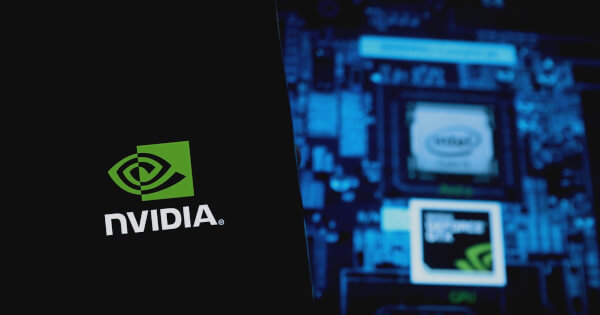Joerg Hiller
Oct 08, 2024 16:21
SETI Institute researchers pioneer the use of AI in real-time detection of fast radio bursts, leveraging NVIDIA’s accelerated computing platforms to enhance astronomical data analysis.
In a groundbreaking initiative, researchers at the SETI Institute have become pioneers in the application of artificial intelligence (AI) for the real-time detection of fast radio bursts (FRBs), utilizing NVIDIA’s advanced computing platforms. This marks a significant leap in the field of radio astronomy, enabling scientists to analyze streaming astronomical data with unprecedented precision, according to the NVIDIA Blog.
AI Enhancing Astronomical Discoveries
The SETI Institute, operating the Allen Telescope Array in Northern California, is at the forefront of searching for extraterrestrial intelligence and studying rare cosmic events like FRBs. The initiative’s roots trace back over a decade when Andrew Siemion, Chair for SETI at the Institute, recognized the potential of machine learning for analyzing radio signals from space. By collaborating with NVIDIA, SETI researchers have harnessed the power of AI and accelerated computing to enhance their capabilities.
Collaborative Efforts and Technological Advances
During the pandemic, the collaboration between SETI and NVIDIA led to the development of a trial application using NVIDIA Holoscan and IGX platforms. This application enables real-time data processing from telescopes, allowing researchers to conduct AI inference directly on incoming data. This innovation is set to transform the way telescopes are utilized by integrating AI software for dynamic data analysis.
Successful Trials and Future Prospects
In a recent trial, the SETI team, in collaboration with the Breakthrough Listen program, successfully linked their real-time data pipeline to 28 antennas targeting the Crab Nebula. Over a 15-hour period, they processed over 90 billion data packets, achieving a data processing speed double that of previous efforts. This success underscores the transformative potential of AI in radio astronomy.
Expanding the AI Frontier
Looking ahead, the SETI Institute plans to scale this pilot software across its network of radio telescopes and share this capability with astronomers worldwide. The goal is to collaborate with international observatories, leveraging AI to enhance the detection of signals from space significantly. The initiative also opens doors for potential interdisciplinary applications, such as repurposing AI algorithms for diverse scientific investigations.
These advancements highlight the SETI Institute’s commitment to pushing the boundaries of astronomical research through innovation and collaboration, positioning AI as a crucial tool in the quest to understand the cosmos.
Image source: Shutterstock
Credit: Source link






















 Bitcoin
Bitcoin  Ethereum
Ethereum  Tether
Tether  Solana
Solana  XRP
XRP  Dogecoin
Dogecoin  USDC
USDC  Lido Staked Ether
Lido Staked Ether  Cardano
Cardano  TRON
TRON  Avalanche
Avalanche  Shiba Inu
Shiba Inu  Wrapped stETH
Wrapped stETH  Wrapped Bitcoin
Wrapped Bitcoin  Toncoin
Toncoin  Sui
Sui  WETH
WETH  Bitcoin Cash
Bitcoin Cash  Chainlink
Chainlink  Pepe
Pepe  Polkadot
Polkadot  LEO Token
LEO Token  Stellar
Stellar  NEAR Protocol
NEAR Protocol  Litecoin
Litecoin  Aptos
Aptos  Wrapped eETH
Wrapped eETH  Uniswap
Uniswap  USDS
USDS  Cronos
Cronos  Hedera
Hedera  Internet Computer
Internet Computer  Ethereum Classic
Ethereum Classic  Render
Render  Bonk
Bonk  Bittensor
Bittensor  Ethena USDe
Ethena USDe  POL (ex-MATIC)
POL (ex-MATIC)  WhiteBIT Coin
WhiteBIT Coin  Dai
Dai  Artificial Superintelligence Alliance
Artificial Superintelligence Alliance  dogwifhat
dogwifhat  Arbitrum
Arbitrum  MANTRA
MANTRA  Monero
Monero  Stacks
Stacks  OKB
OKB  Filecoin
Filecoin 
